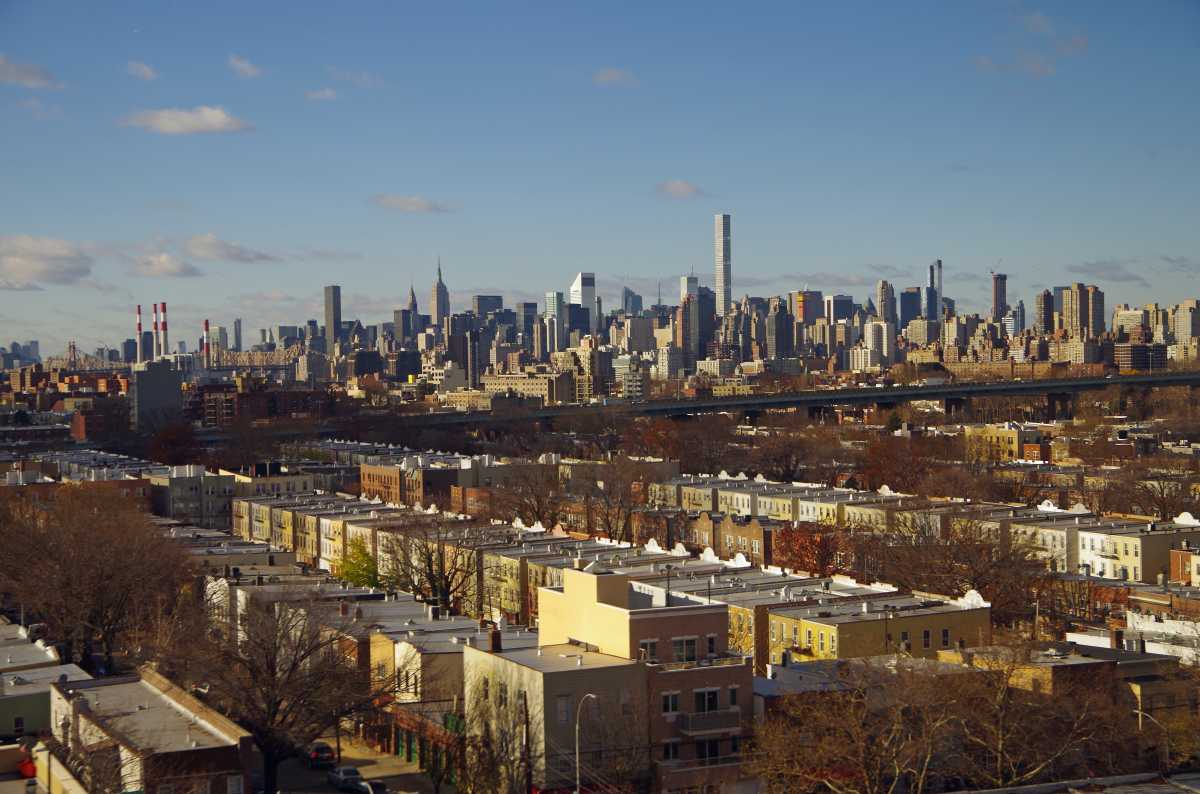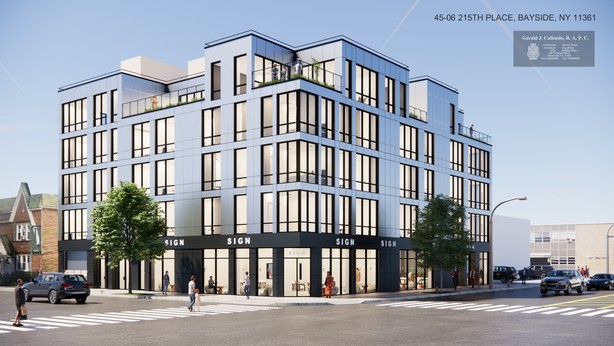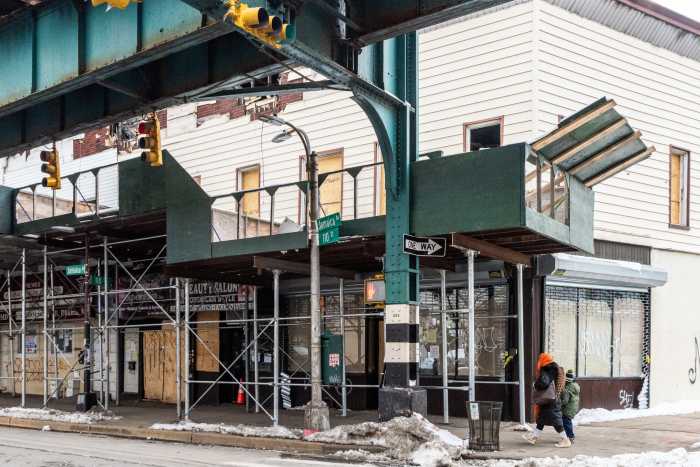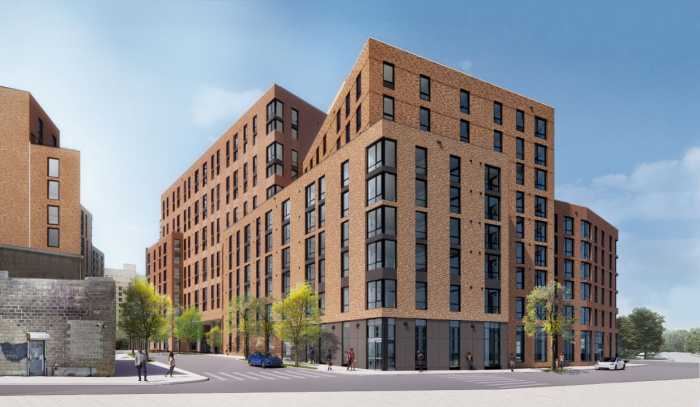BY TOM DONOVAN
Queens has had all of the underpinnings of the next trendy area for some time now.
Its sheer size — home to 2.4 million residents across 178 square miles — would make it the fourth-largest city by population in the United States, lagging only Los Angeles, Chicago and Brooklyn. It is also one of the most ethnically diverse urban areas in the world, with more than 138 unique languages represented.
The borough also boasts some of the easiest transportation access in New York, including 12 subway routes serving 81 stations; nearly 100 bus routes; 22 Long Island Railroad stations; and the elevated AirTrain connecting both the subway and commuter rail systems to JFK International Airport.
In addition to the cultural diversity and abundance of public transportation, Queens is home to several iconic cultural attractions, including Citi Field, Arthur Ashe Tennis Stadium, Aqueduct Race Track, Kaufman Astoria Studios, Silvercup Studios and Resorts World Casino.
People are finally taking notice. Boutique, artisan and national businesses that typically look to Manhattan and Brooklyn are now turning to Queens. Investment sales are reaching new heights – in 2016 sales volume in Queens hit nearly $5 billion, a 26 percent increase over 2015.
Multi-family housing is particularly booming, thanks in large part to the fact that Queens boasts the lowest vacancy rate of all five boroughs, at less than 1 percent. Elevator-serviced apartment buildings had the largest increase with $969 million in sales volume, an increase of 84 percent from 2015. Walk-up apartment buildings saw a 15 percent increase in sales, with a total of 232 buildings switching ownership.
All of this represents just the beginning of an increasingly hot market. More than 170 new development permits have been issued over the past 90 days within Queens. There are over 20 million square feet currently under construction, with more than 25,000 new residential units planned.
Notable developments under construction include the following: 22-44 Jackson Ave., a two-tower, 1,115 unit mixed-use project totaling approximately 1.2 million square feet in Long Island City; 23-15 44th Dr., a 66-story, 800-unit condo building in Long Island City; 93-01 Sutphin Blvd., a two-tower, 669-unit, mixed-use complex in Jamaica; and 336-350 St. Nicholas Ave., a 180,000-buildable-square-foot, mixed-use development site in Ridgewood.
Long Island City, Ridgewood, Sunnyside and Woodside in particular have benefited from the rising costs of their Brooklyn neighbors. As owners, investors, and developers have been priced out of more mature submarkets, their Queens neighbors have been viewed as safe, economically desirable alternatives.
The recognition of Queens’ heating market is evidenced by some new notable tenants including Apple, Shake Shack, Denny’s, H&M, and an Australian coffee chain, Toby’s Estate Coffee.
Iconic buildings have also traded in the last year such as Long Island City’s Falchi Building, a 658,000-square-foot office building purchased by Savanna for $257.5 million; 24-02 49th Ave., a seven-story, 650,000-square-foot industrial office building purchased by Innovo Property Group & Westbrook Partners for $195 million; Clock Tower development site, a 1 million-buildable-square-foot site purchased by the Durst Organization for $167 million; and Rego Park’s Saxon Hall, a 419-unit rental apartment building purchased by Madison Realty Capital for $136 million. Financings were provided by heavy-hitters like Blackstone Group, ACORE Capital and Deutsche Bank, to name a few.
With the volume of new residential space coming on line, sectors such as retail, office and hospitality will all benefit, creating a perfect storm of factors that will lead to Queens becoming the next hot market for investment sales.
Tom Donovan is vice chairman of Cushman & Wakefield, an international real estate firm with 300 offices in 70 countries across the globe. The opinions expressed in this op-ed are not necessarily those of QNS.com or its staff.



































